3 Days Tour from Wroclaw : The Great “Castle Road”
Lower Silesia beckons with its rich tapestry of history, culture, and natural beauty. From the vibrant city life of Wrocław to the peaceful countryside dotted with medieval fortresses, this region promises an unforgettable adventure for every traveler. So pack your bags, set your sights on Lower Silesia, and prepare to be captivated by the allure of its castles and the whispers of history that echo through their ancient corridors !
Embark on a journey through time in the enchanting region of Lower Silesia, where majestic castles stand as timeless sentinels of history.
DAY 1
First we start our journey with the visit of Evangelical Church of Peace in Jawor. The Evangelical Church of Peace in Jawor, is a remarkable wooden Lutheran church with a wattle and daub structure. It holds historical significance as it was built under the agreements of the Peace of Westphalia in 1648, which marked the end of the Thirty Years’ War (which was one of the longest and most destructive conflicts in European history, lasting from 1618 to 1648. Fought primarily in Central Europe, an estimated 4.5 to 8 million soldiers and civilians died as a result of battle, famine, or disease
This unique sacral building is one of two historic churches still standing as part of the Peace Accord of Westphalia (the second one is in the city of Swidnica, which we will visit at the end of the tour).
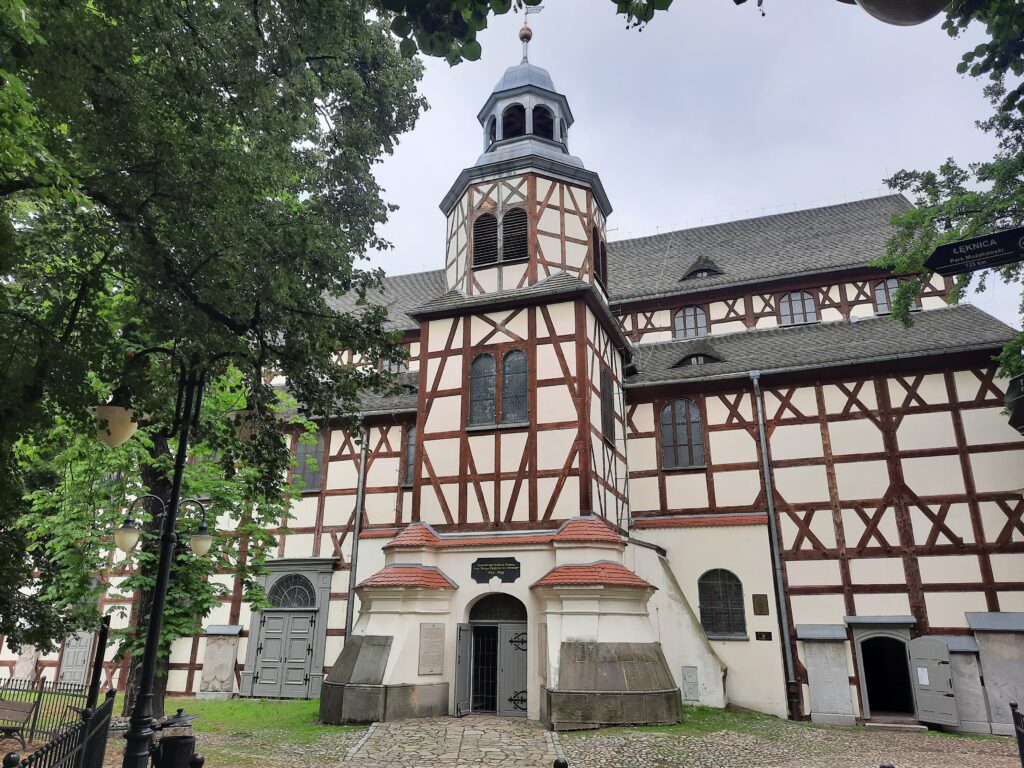
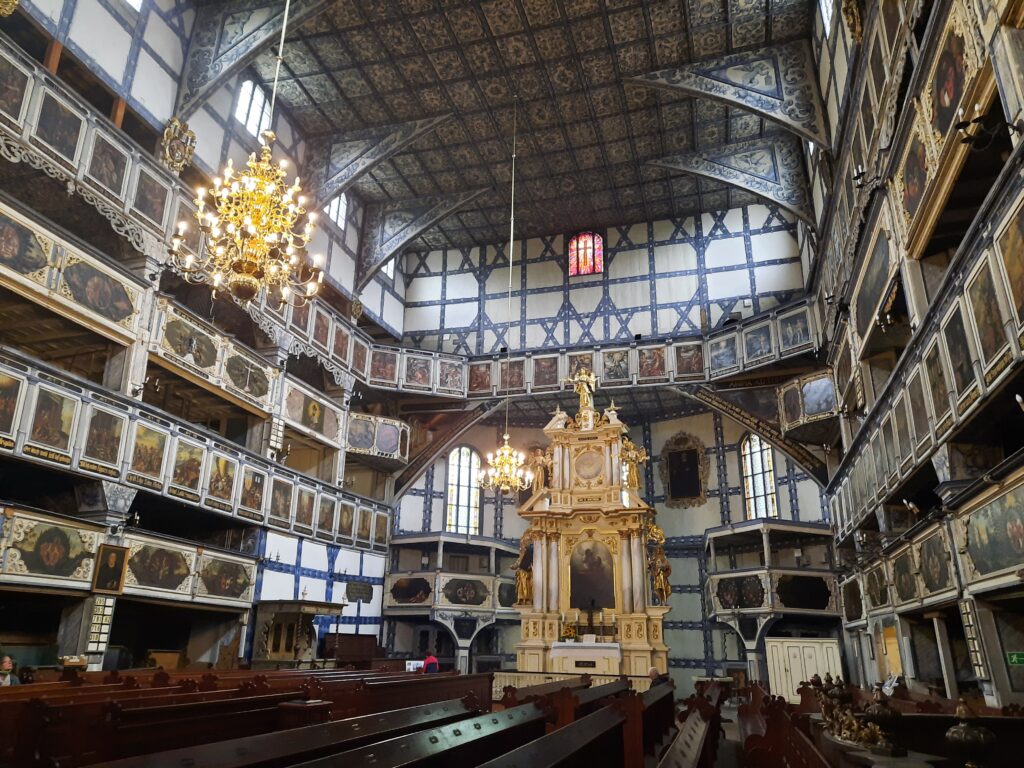
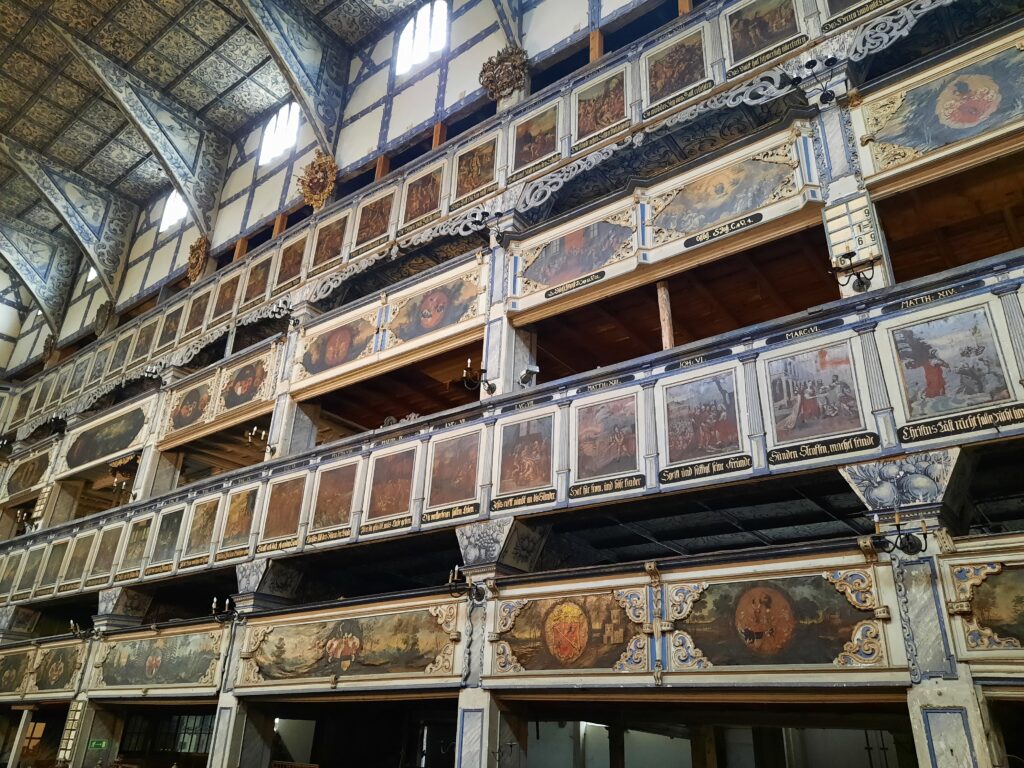
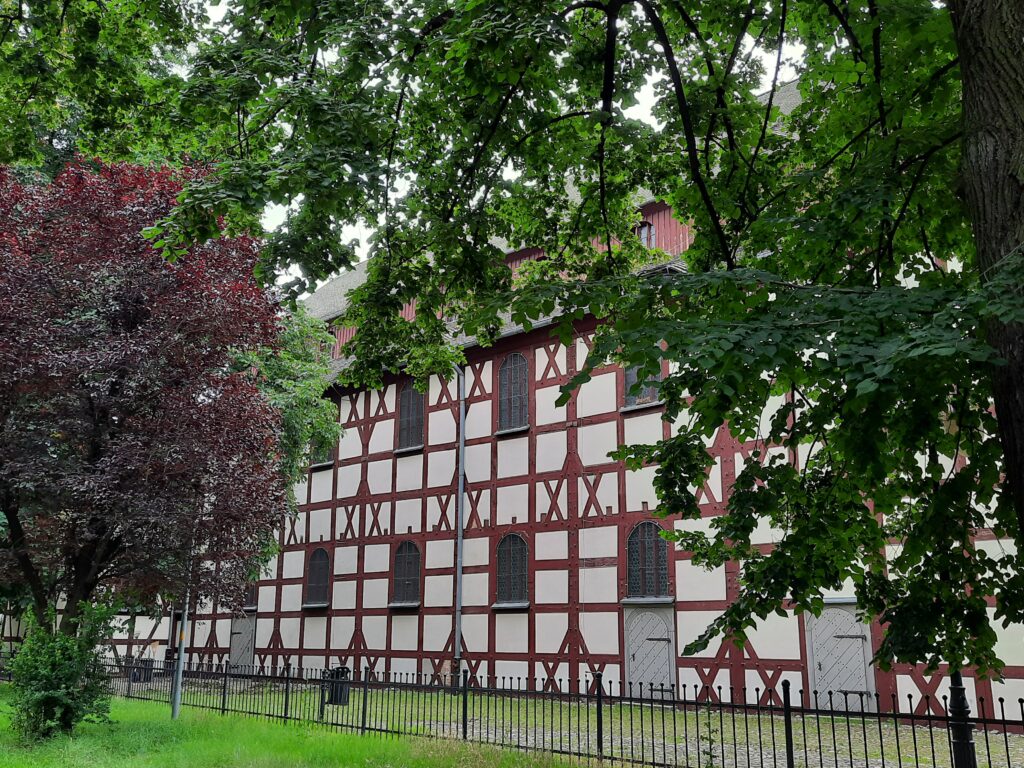
After our first visit we will continue to Bolkow. This small town in Lower Silesia is home to a stunning castle that dates back to the 13th century. The castle was a stronghold of the Piast dynasty defending nearby trade routes. Bolków Castle remains a testament to the rich history and architectural prowess of medieval Poland. It exemplifies Gothic architecture. The castle’s location on a hill, with steep slopes cut by the Nysa Szalona River, adds to its strategic significance.
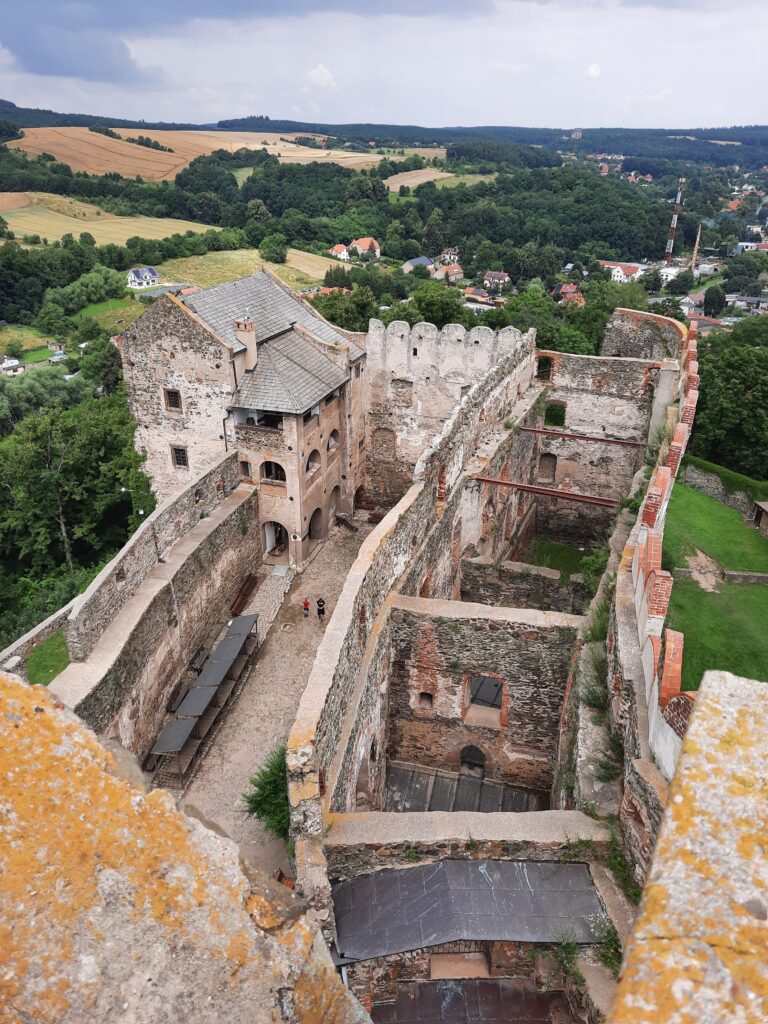
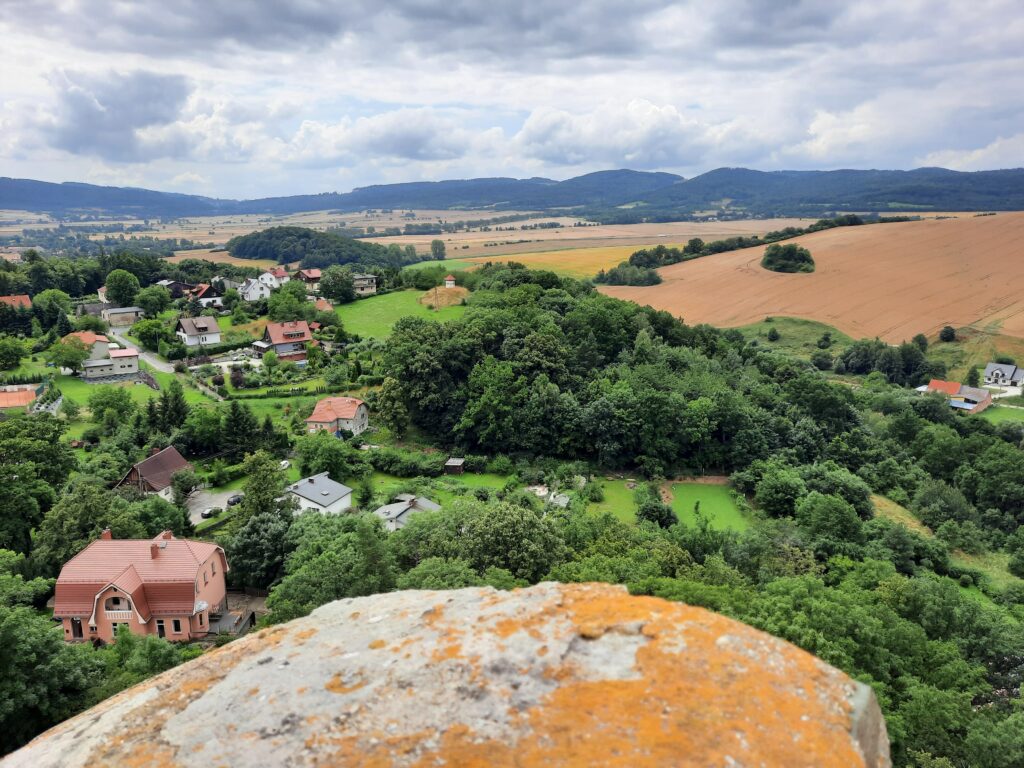
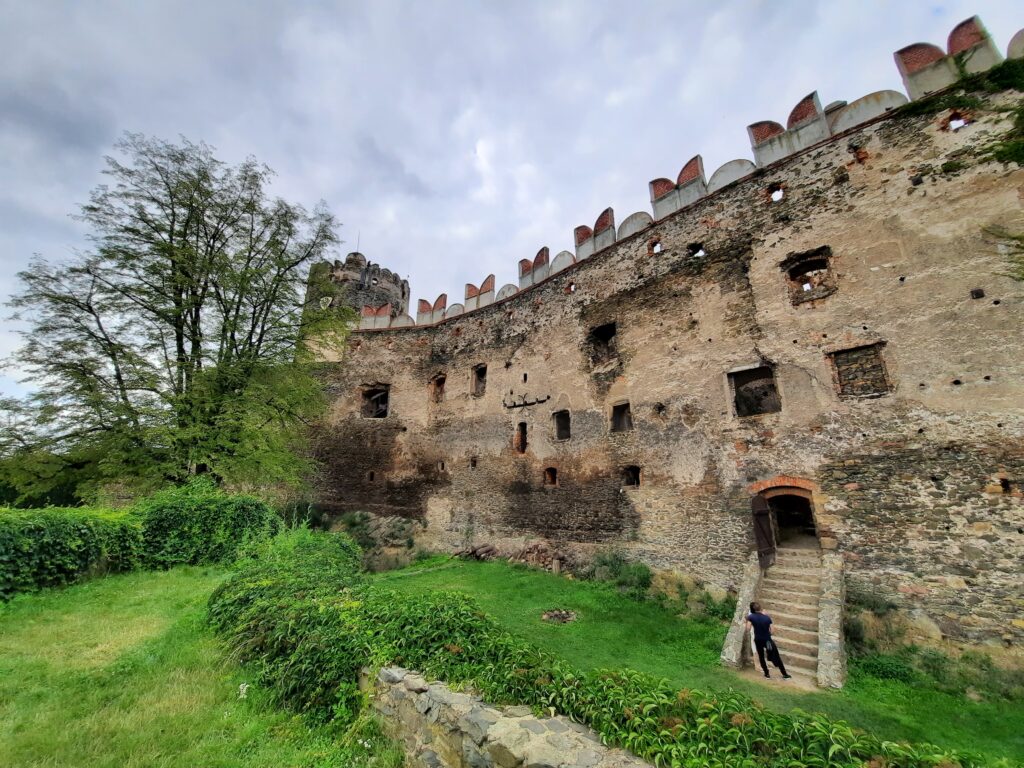
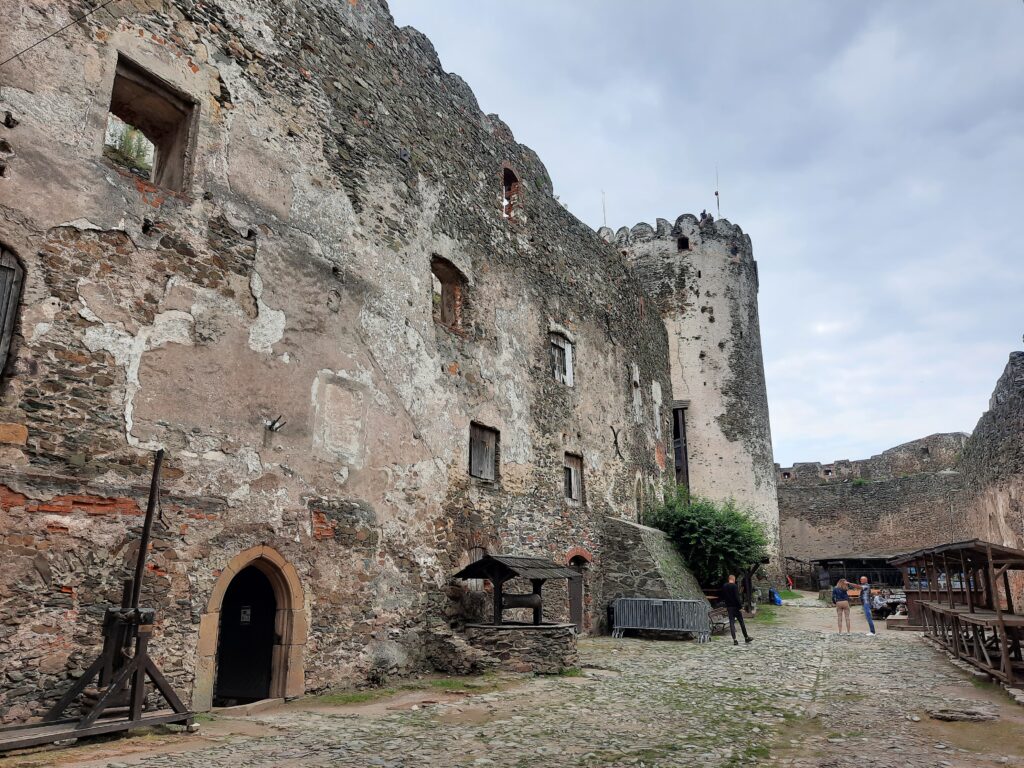
After lunch we will go toward Walbrzych and famous Ksiaz castle. Książ Castle isn’t just a monument; it’s a living testament to centuries of history, intrigue, and architectural prowess. We invite you to explore its halls, unravel its mysteries, and immerse yourself in its enchanting aura ! The castle’s story begins in the 13th century when a first fortification stood here. Unfortunately, it fell victim to Bohemian forces led by King Ottokar II in 1263. Duke Bolko I the Strict ruler of Świdnica and Jawor commissioned the construction of a new castle, making it his residence and proudly adding “Lord of Książ” to his titles. The castle passed through many hands during the History. The von Hochberg family owned the castle from 1509 until 1944. Hans Heinrich XV von Hochberg (1861 – 1938) was Prince of Pless (Pszczyna), Count von Hochberg and Baron of Fürstenstein (Książ) was the husband (1891–1923) of Mary Theresa Olivia Hochberg von Pless, also known as Princess Daisy (you will learn more about during the visit) and was member of one of the wealthiest European noble families, he was the owner of large estates and coal mines in Silesia which brought him enormous fortune. During World War II, the castle was seized by the Nazi regime in 1944. The building complex at Fürstenstein became part of the vast underground Project Riese complex, presumably a projected Führer Headquarter and a future abode for Adolf Hitler.
Gothic, Baroque, and Rococo elements blend seamlessly in Książ Castle’s design. It stands as the largest castle in Silesia and ranks third in Poland, following Malbork Castle and Wawel Castle. Perched within Ksiaz Landscape Park, surrounded by the Sudetes and Sudeten Foreland, the castle overlooks the picturesque gorge of the Pelcznica River.
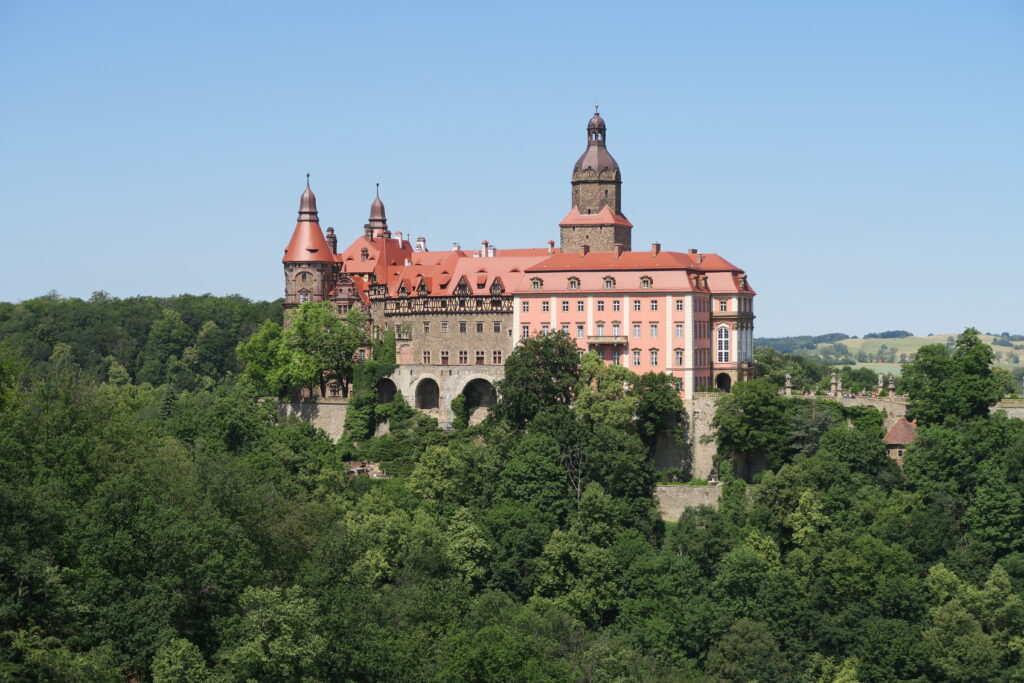
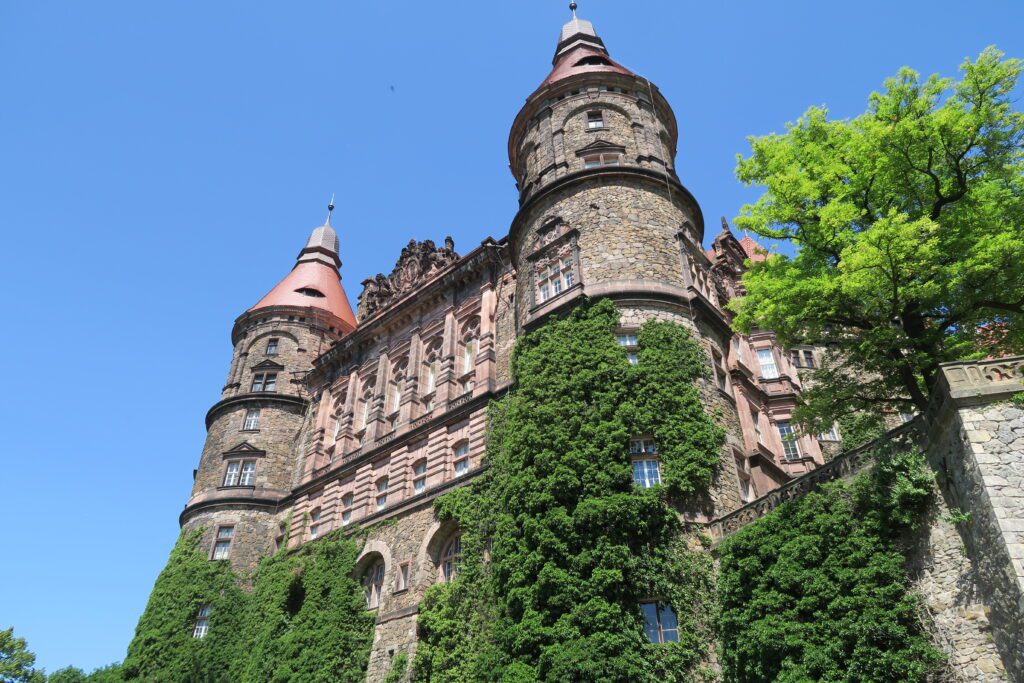
OVERNIGHT : Karpniki Castle – Schloss Fischbach, nestled in the heart of the picturesque Jelenia Góra Valley (Dinner and breakfast included).
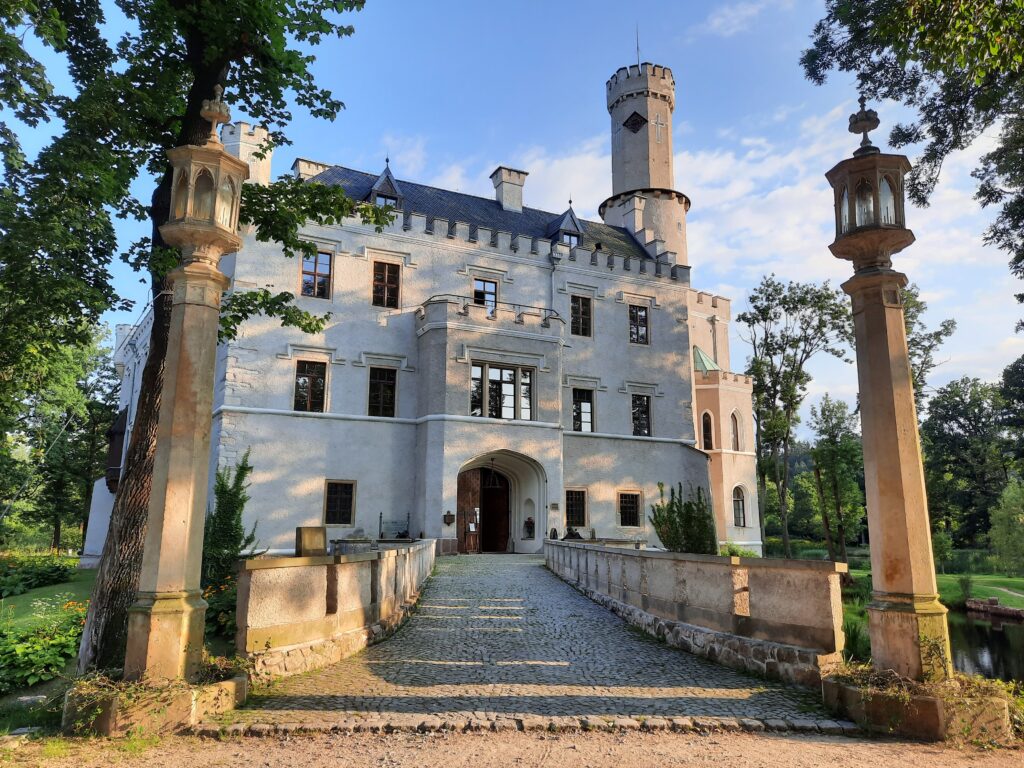
Karpnik Castle emerges like a page from a fairy tale. This historical gem, with its medieval moat and tower, invites you to experience the grandeur of the past. The castle underwent significant transformations over the centuries, with the Renaissance making a marked impact in the 17th century under the von Kanitz family. It was during this period that the castle took on its characteristic square shape with a central tower and inner courtyard .
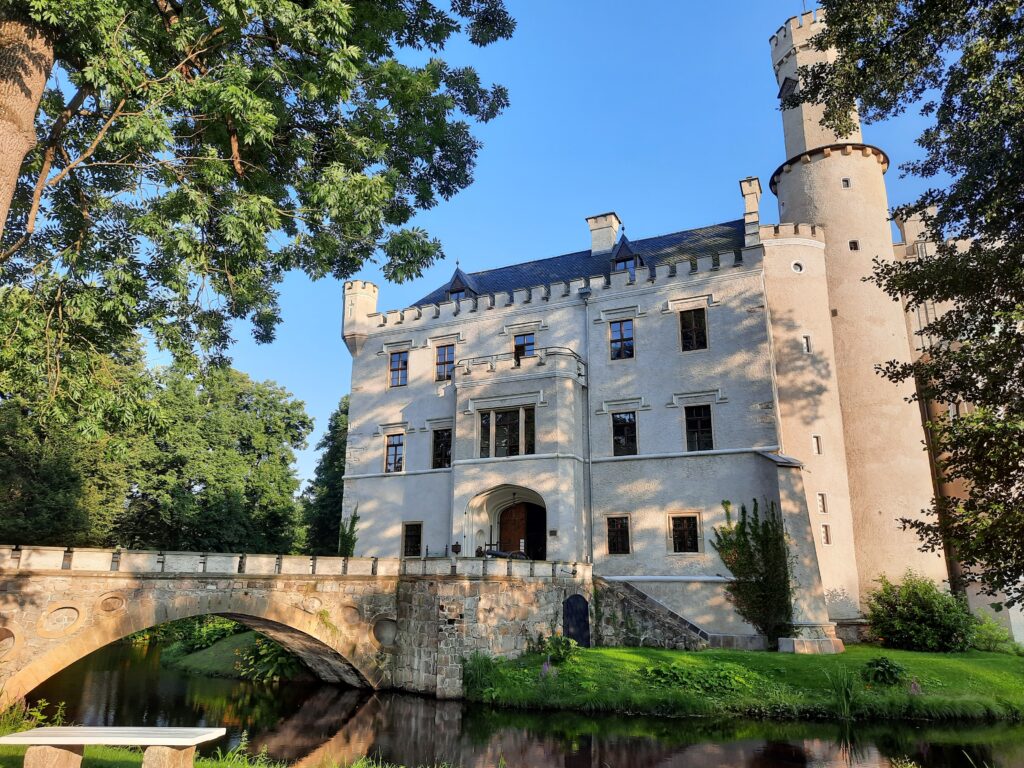
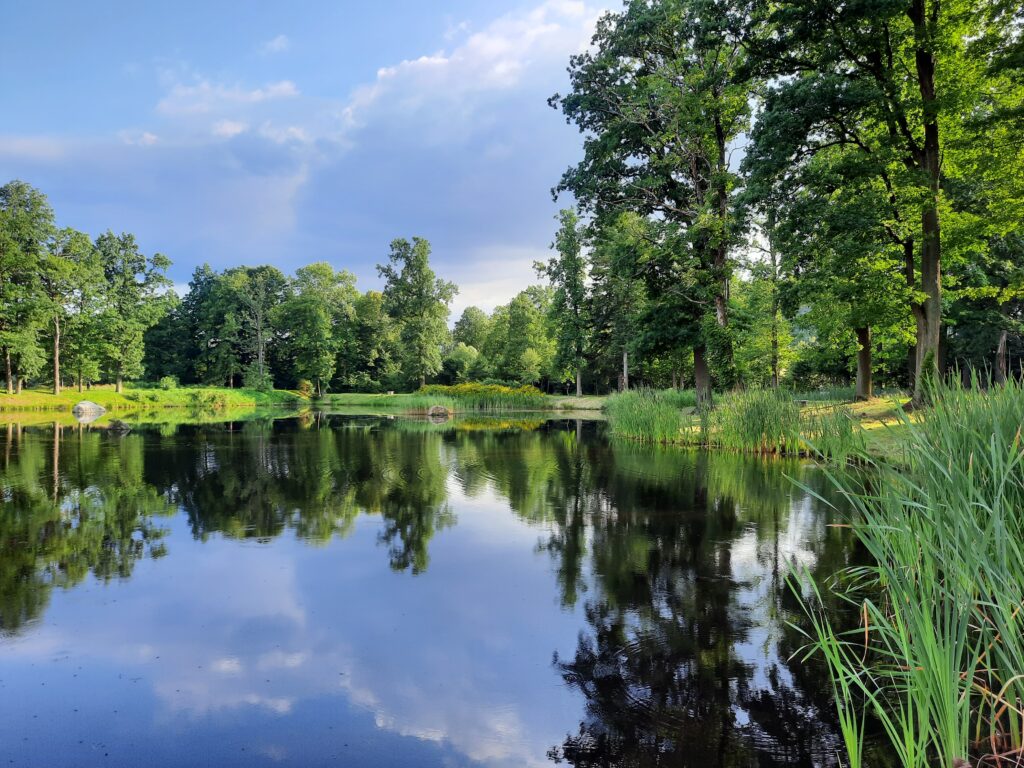
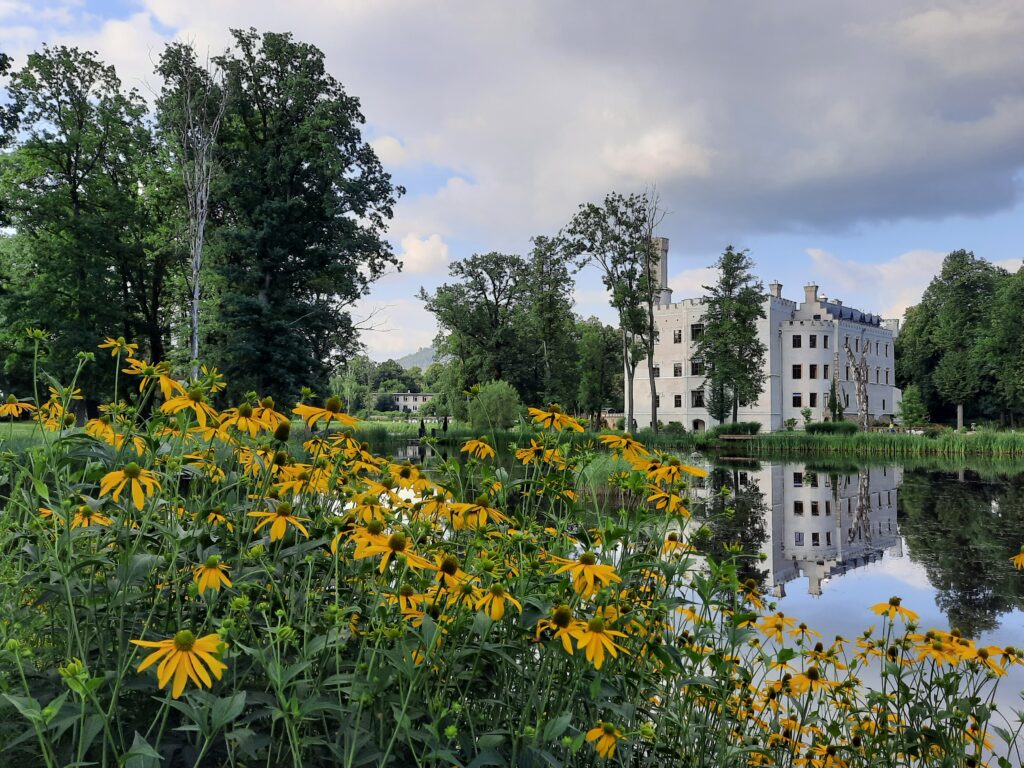
DAY 2
After breakfast we continue our trip to Siedlecin to visit the largest and best-preserved medieval residential tower in Poland and see the only paintings with the the legend of Sir Lancelot from the Lake, one of the legendary Knights of the Round Table. (The Ducal Tower in Siedlęcin was erected on the initiative of Duke Henry I of Jawor in the years 1313-1315).
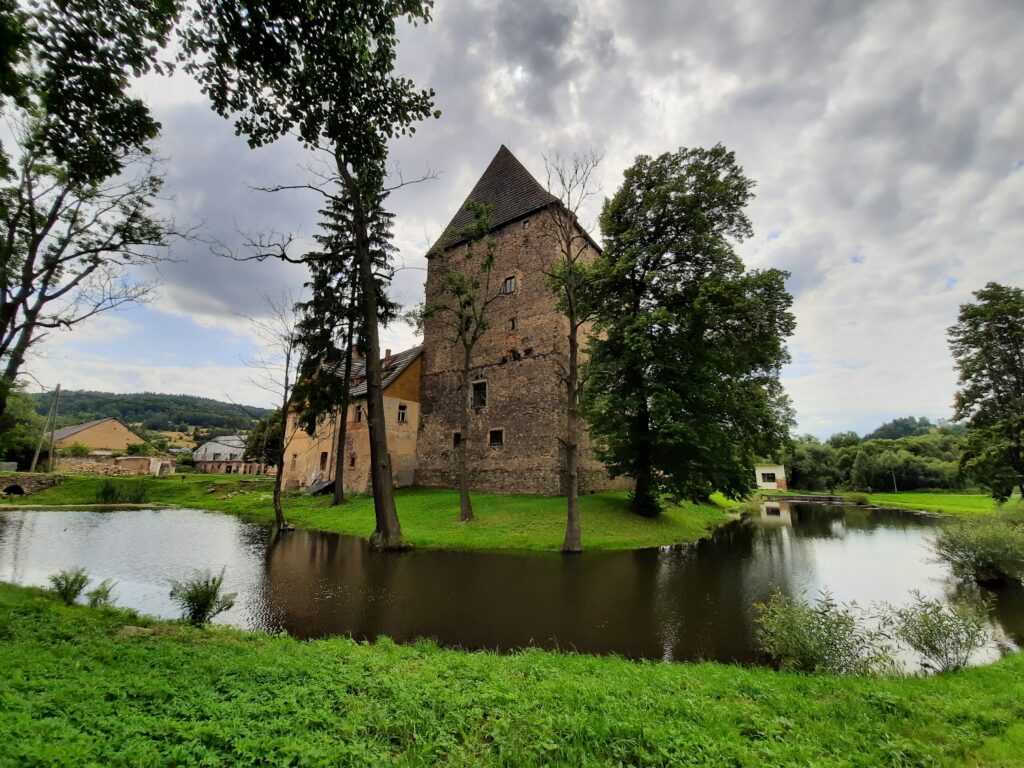
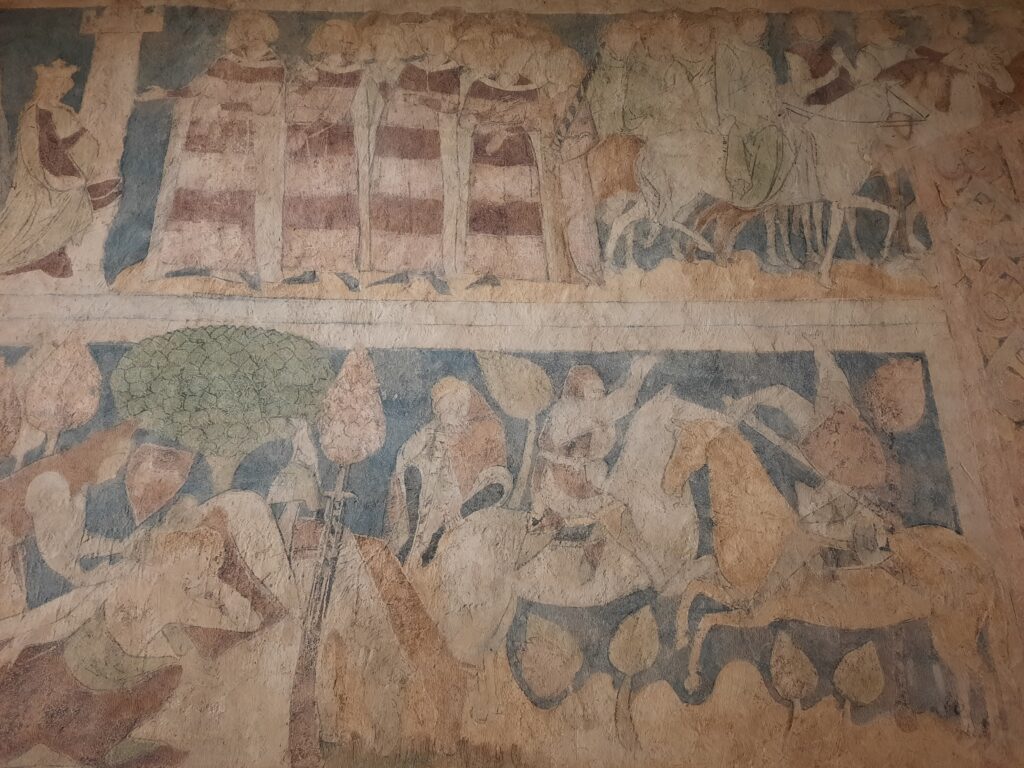
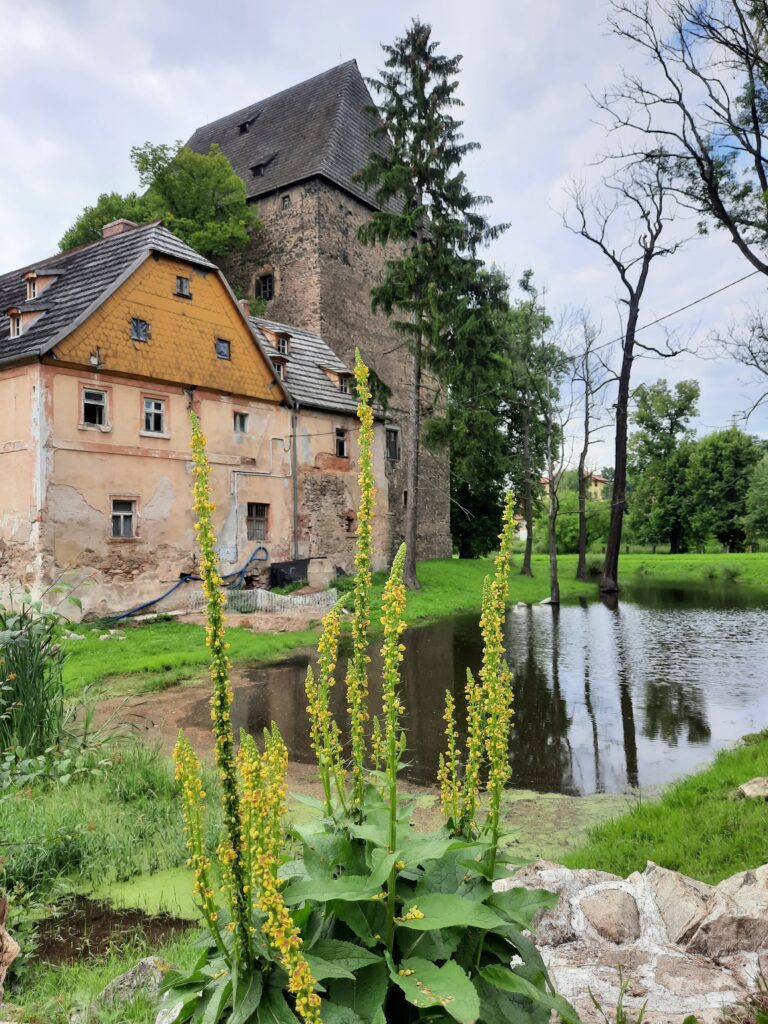
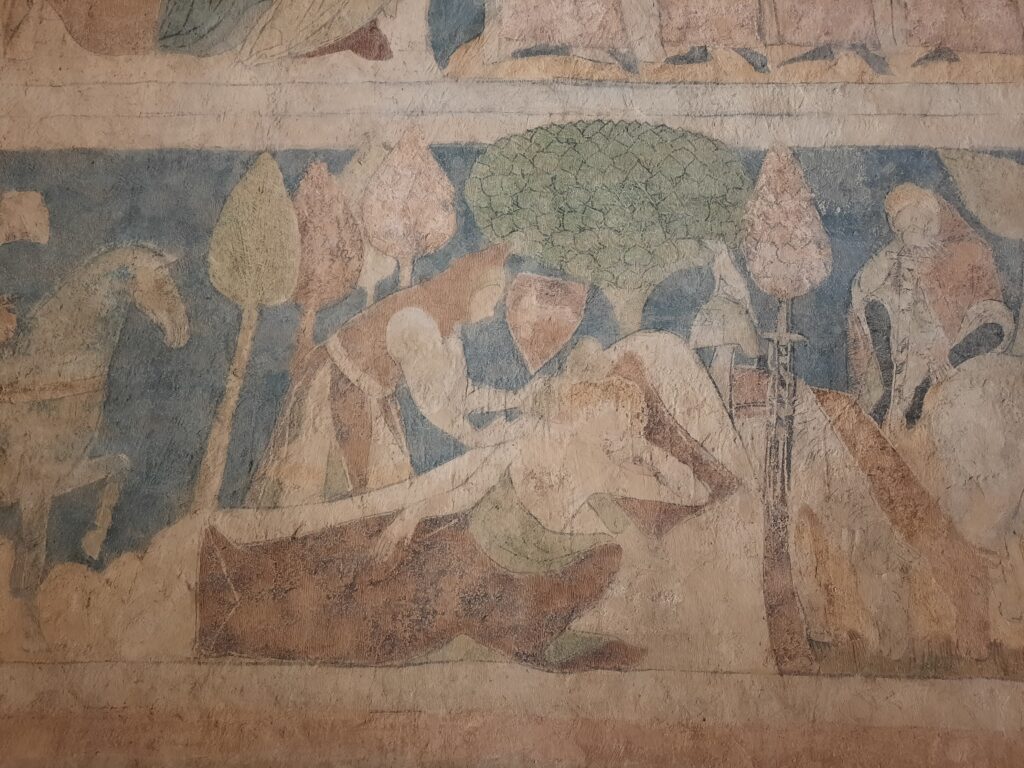
Now we continue our trip to Wlen ! Perched atop the picturesque Zamkowa Góra (Castle Hill) in the Bóbr Valley, the Wleń Castle, also known as Lenno Castle, stands as a testament to Poland’s rich medieval history. The castle’s origins can be traced back to around 1160 when Duke Bolesław the Tall initiated the construction of the first stone building, now revered as the oldest secular structure in Silesia. Over the centuries, the castle witnessed significant expansions and renovations. In the early 13th century, Henry the Bearded added a residential tower and a private chapel for the castle’s inhabitants.
The castle reached its zenith in the 15th century when it acquired its late medieval form. The original hexagonal tower was replaced by a new cylindrical bergfried tower, which still stands today, offering breathtaking views of the surrounding Kaczawskie Mountains and Jizera Mountains.
However, the tides of time and the ravages of war did not spare this majestic fortress. In 1646, during the Thirty Years’ War, the castle was destroyed and has since lain in ruins. Today, owned by the Wleń Commune, the castle ruins have been secured and are open for daily visits, inviting travelers and history enthusiasts to explore its storied past.
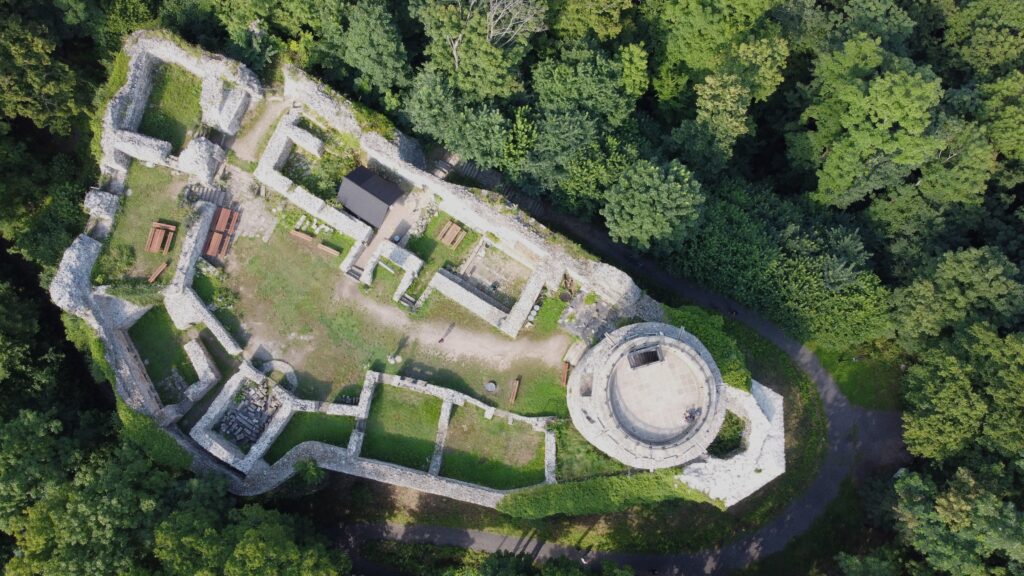
Our last visit of the day will be the Grodziec Castle ! It stands as a testament to the rich tapestry of European history. With origins dating back to 1155, this fortress has witnessed the ebb and flow of empires, survived the ravages of war, and captured the imagination of visitors for centuries.
The Dawn of Grodziec The first confirmed reference to Grodziec Castle comes from a papal bull by Pope Adrian IV in 1155. Initially a wooden structure, it was Prince Bolesław I the Tall who, in 1175, granted privileges to the Cistercians from Lubiąż at the castle, marking the beginning of its storied past.
Throughout the 14th and 15th centuries, the castle was owned by the knightly family of Busewoy. However, it was during the reign of the Prince of Legnica, Friedrich I, that Grodziec underwent significant transformations to become one of the most beautiful Gothic-Renaissance residences in Silesia. The castle’s grandeur peaked with a lavish feast and a knightly tournament to celebrate the wedding of Prince Friedrich II to Princess Sophie von Hohenzollern.
Today, Grodziec Castle is not just a relic of the past but a living monument. It hosts tournaments and events, drawing visitors who are eager to experience a slice of history. The castle’s residential buildings and the former chapel are open to the public, and an observation terrace offers breathtaking views of the surrounding landscape.
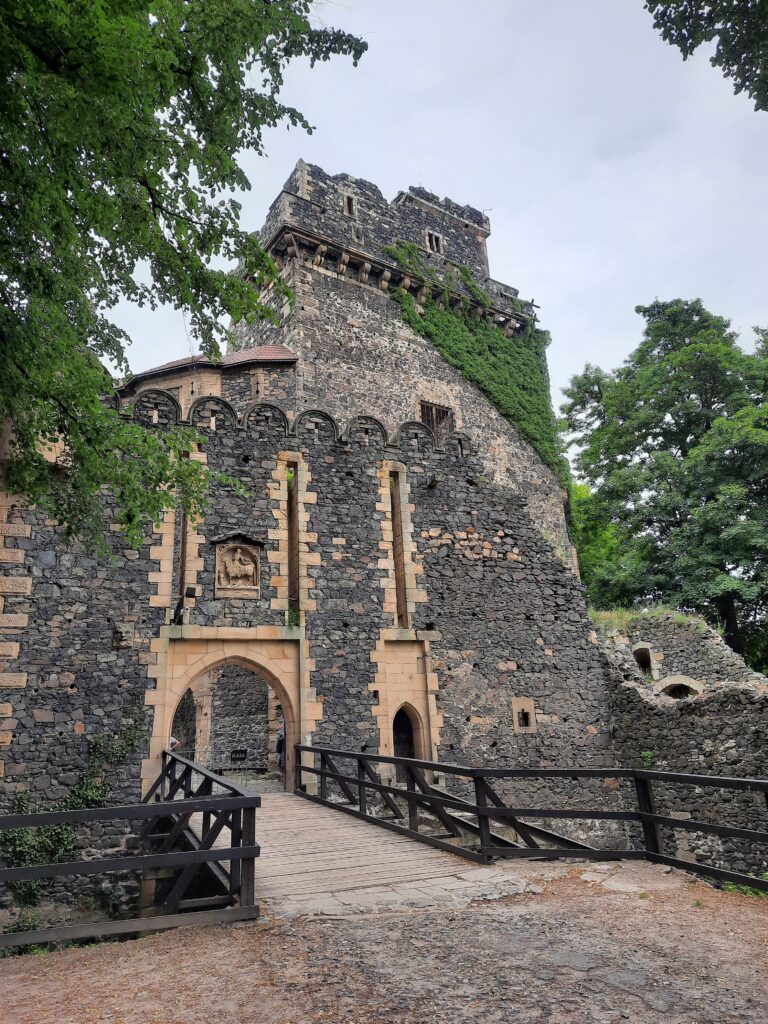
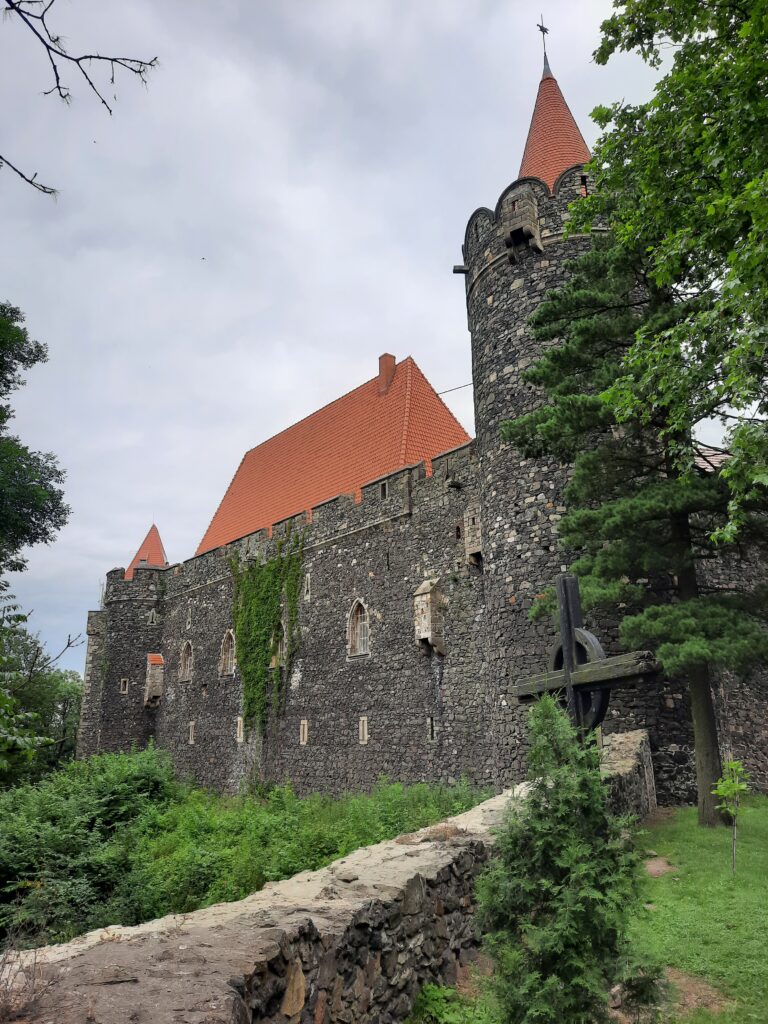
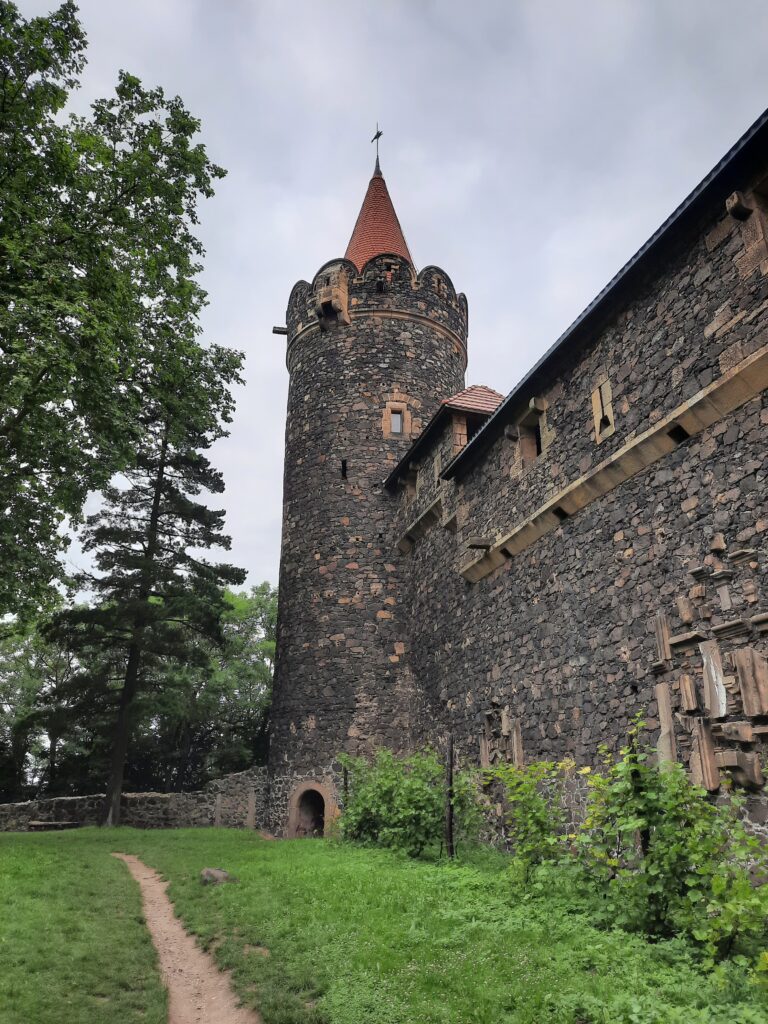
OVERNIGHT : We suggest a stay at Palac Brunow, a nice palce situated in Lwówek Śląski, less than 20 km from Grodziec. The Brunów Palace is a beautiful mansion consisting of three historic buildings, surrounded by lovely gardens that extend into a park.
The earliest records of Brunów Palace date back to the 15th century. It is believed that the original structure resembled a defensive building, somewhat similar in shape to the preserved residential towers in the vicinity. In the years 1740-1750, the manor came under the ownership of Count Bernhard von Schmettau. Under his influence, the old manor underwent significant alterations, transforming into a small two-story Baroque palace with a square layout.
The von Cottenet family took over the palace in 19th-century and energetically expanded the estate. Notable additions from this period include a stable with a carriage house, a fountain near the palace, and a park designed by Eduard Petzold. The family coat of arms was prominently displayed on the gable wall of the stable near the entrance gate. Today, Pałac Brunów stands as a picturesque complex of three historic buildings, surrounded by an English park. Its uniquely decorated rooms offer guests a classical ambiance and a glimpse into its rich past.
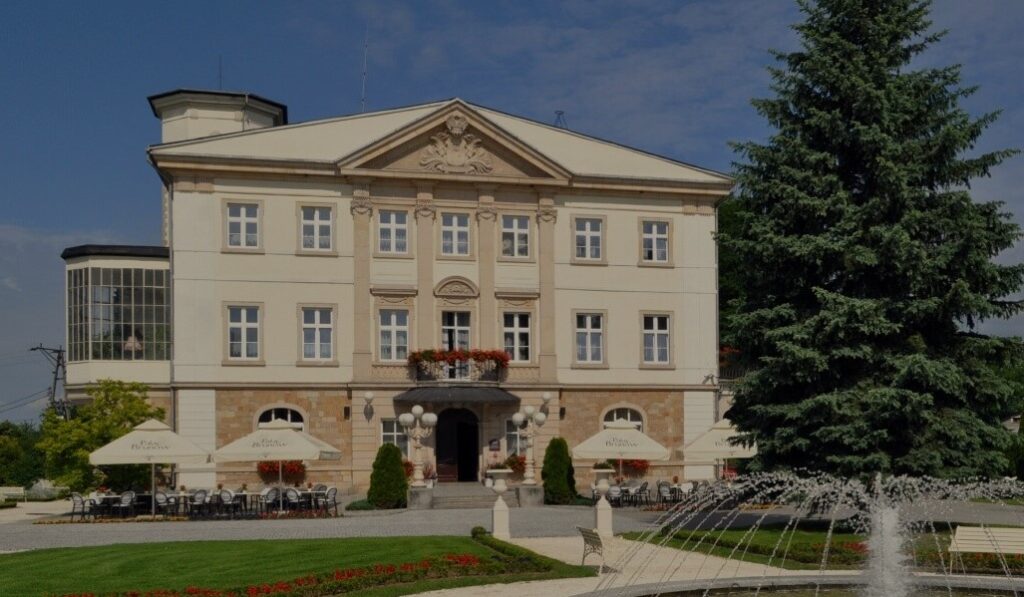
DAY 3
After breakfast, we will go toward Czocha Castle ! In the southwestern corner of Poland, nestled on the shores of Lake Leśnia, stands the enigmatic Czocha Castle. This defensive stronghold, with its origins in the 13th century, is a treasure trove of history and mystery.
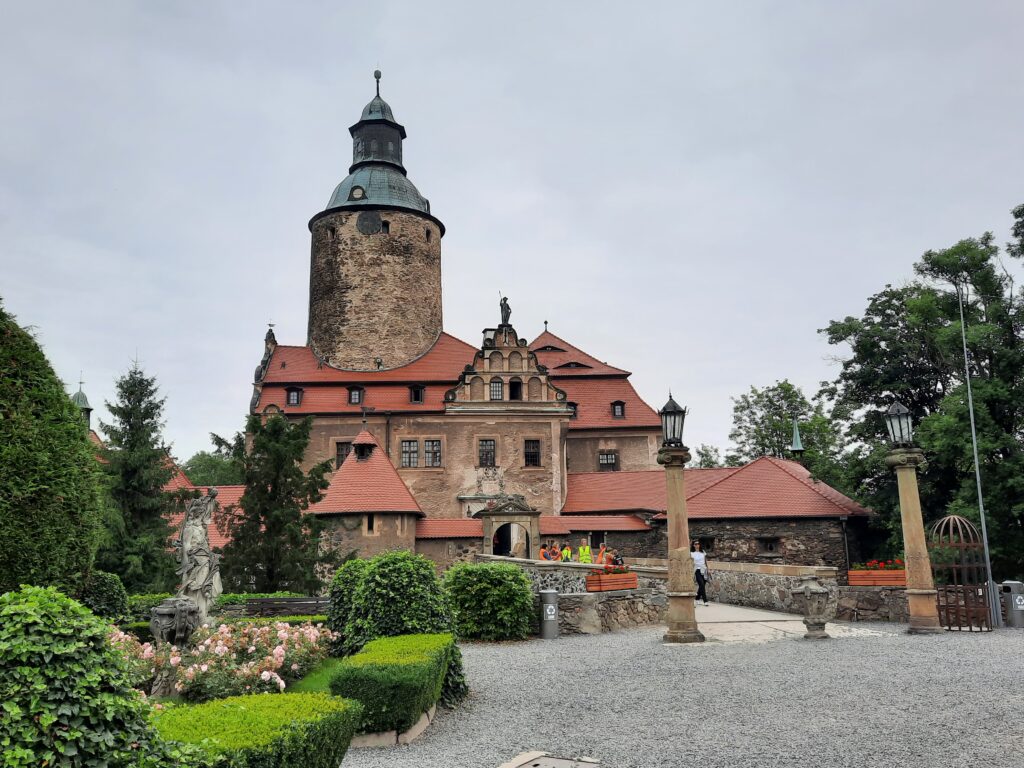
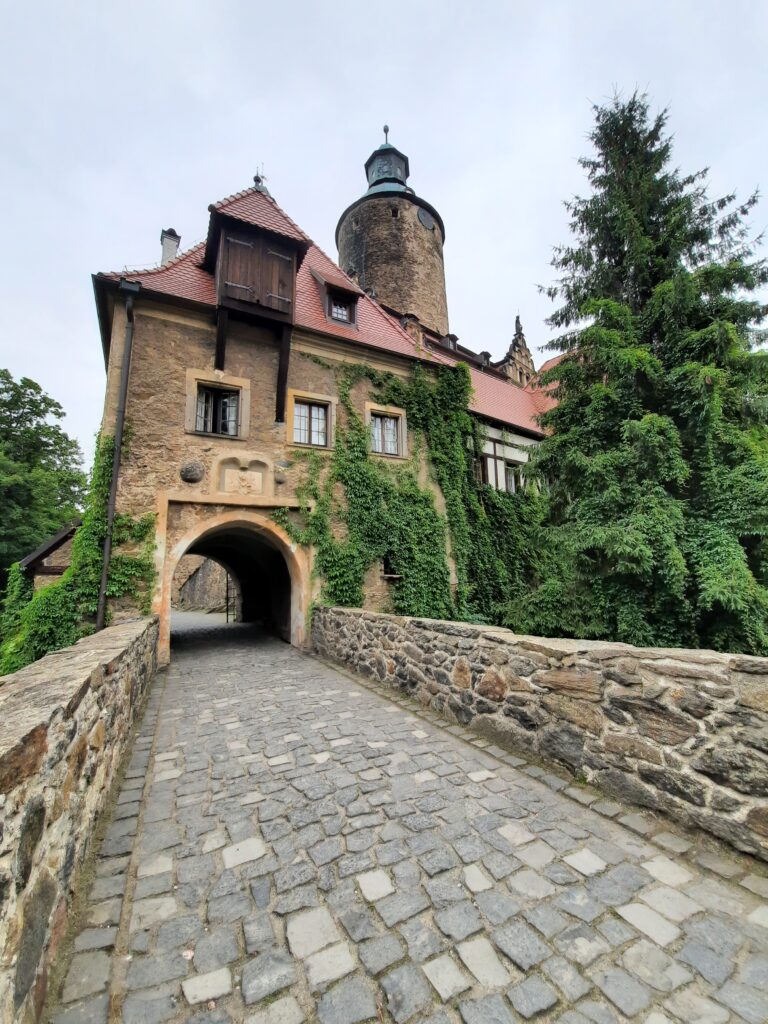
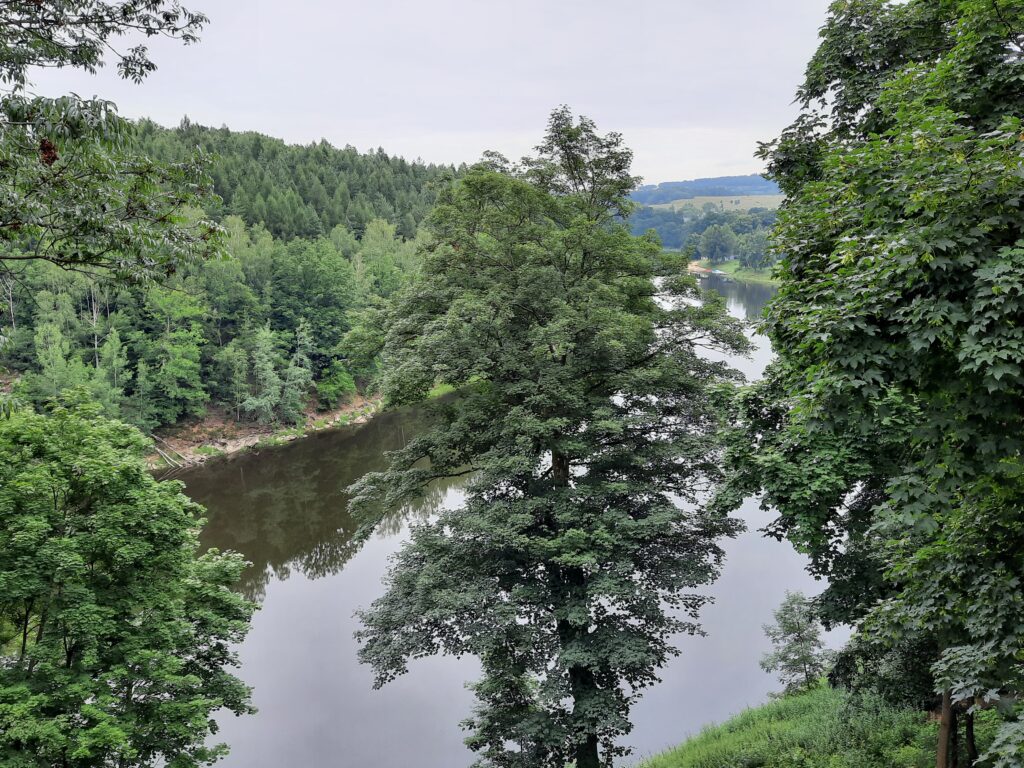
Commissioned by Wenceslaus I of Bohemia to serve as a stronghold on the Bohemian-Lusatian border. Its strategic location on a granite hill overlooking the Leśniańskie Lake made it an ideal point of defense and observation.
Throughout its history, Czocha Castle has seen a myriad of owners, each leaving their mark on its architecture and legacy. In 1253, the castle was handed over to Konrad von Wallhausen, Bishop of Meissen. It later became part of the dukedom of Henry I of Jawor and subsequently fell under the rule of Bolko II the Small and his wife Agnes.
Originally built as a fortress, the castle underwent significant changes in the 14th century when it was annexed by Charles IV, Holy Roman Emperor and King of Bohemia. The noble families of von Dohn and von Kluks owned it between 1389 and 1453, reinforcing its structure to withstand sieges, including an attack by the Hussites.
The von Nostitz family acquired the castle in 1453 and initiated several remodeling projects, transforming it into a Renaissance residence. Their efforts fortified the castle, enabling it to resist a Swedish siege during the Thirty Years War.
After a devastating fire in 1793, Czocha lay in ruins until 1909, when it was purchased and restored by Ernst Gutschow, a cigar manufacturer from Dresden. His vision brought the castle back to life, with renovations inspired by a 1703 painting of the castle.
Czocha Castle’s rich tapestry of history is a testament to the resilience and grandeur of medieval architecture. It stands as a proud reminder of the past, inviting visitors from around the world to explore its corridors and uncover the secrets held within its walls.
Our last step of the day : prepare your shoes to climb to the top of Chojnik Castle !
Chojnik Castle is a captivating castle perched above the town of Sobieszów. The castle was originally erected by the order of Duke Bolko I the Strict in 1292. It stands on the site of a former hunting lodge built by his father, Bolesław II the Bald.
Its primary purpose was to protect the borders of Bolko’s Duchy of Jawor against the menacing Wenceslaus II of Bohemia. Bolko II the Small, Bolko I’s grandson and the last independent Piast duke, undertook significant reconstruction of the castle starting from 1355.
Gotsche II Schoff modernized and expanded the castle in 1393, including the construction of a Gothic chapel dedicated to Saint Catherine and Saint George.
The Gothic chapel, completed in 1403, featured artful paintings that were preserved until World War II.
Today, the semi-ruined stronghold stands as a major tourist attraction, offering visitors a glimpse into its rich past.
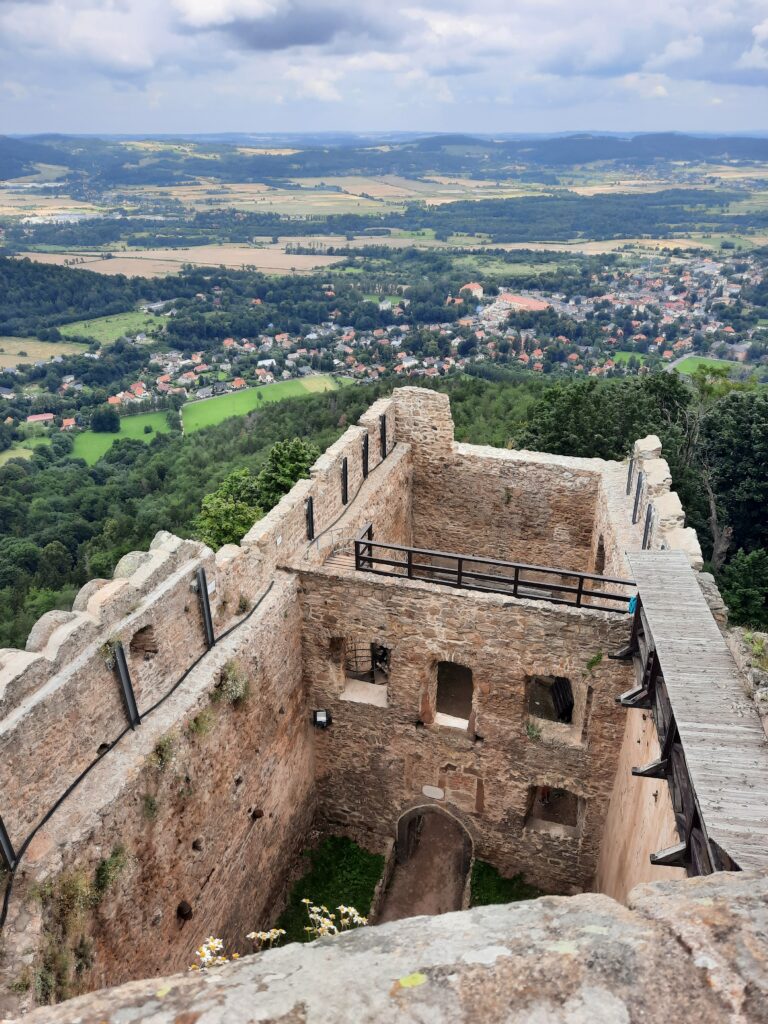
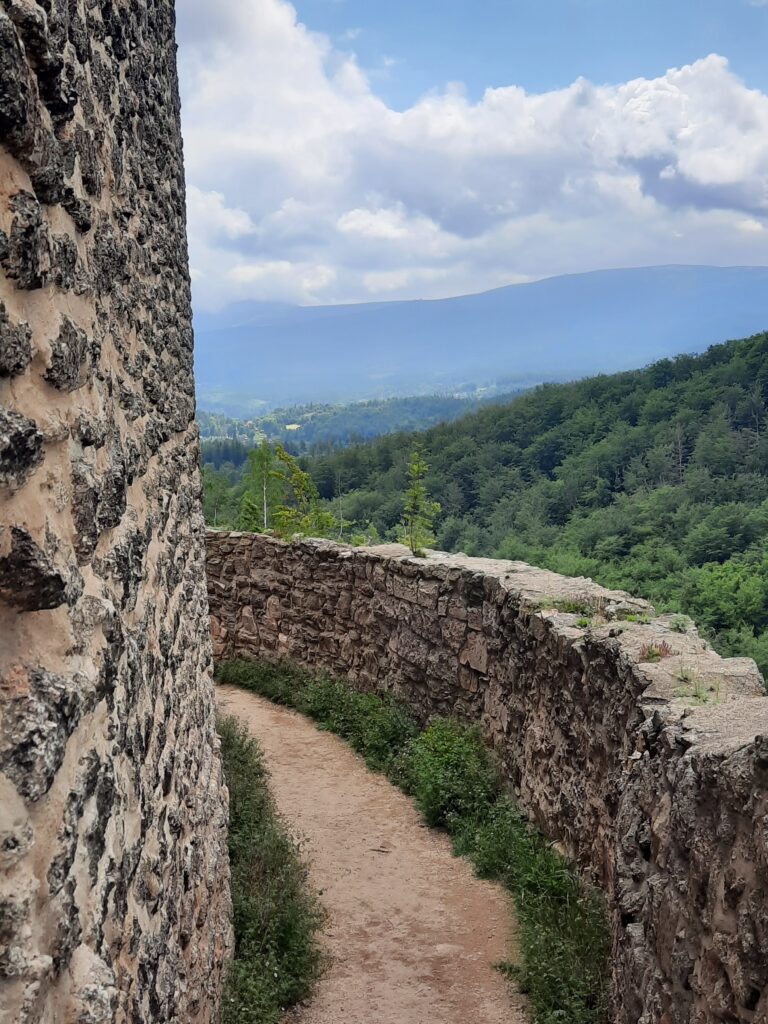
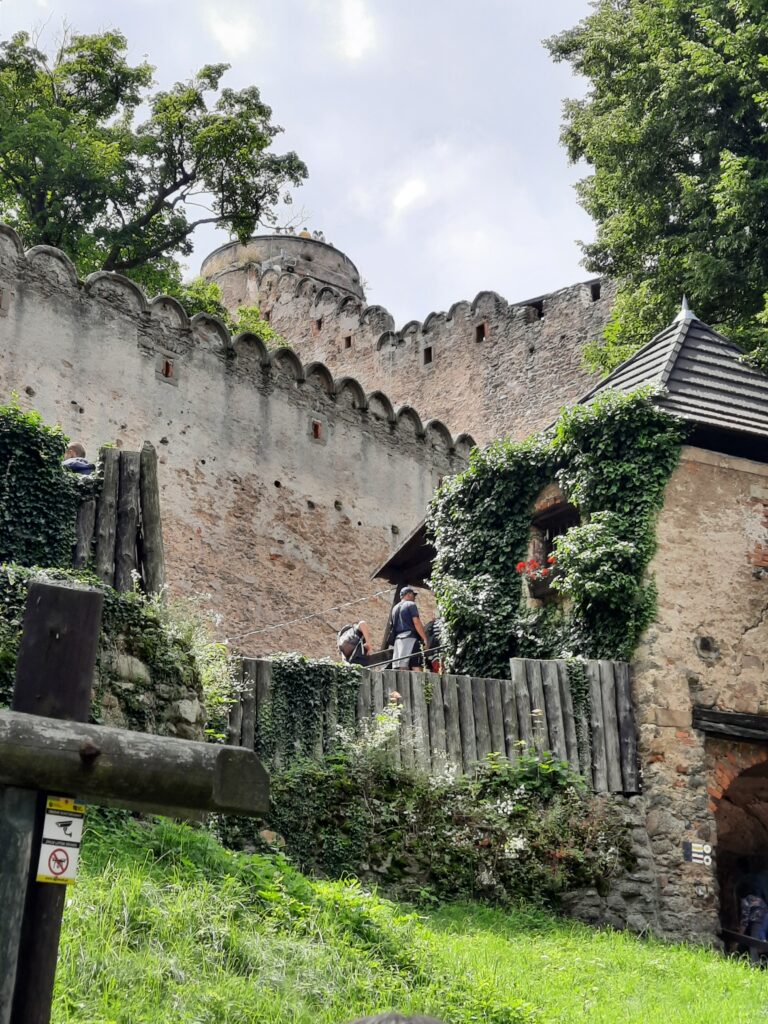
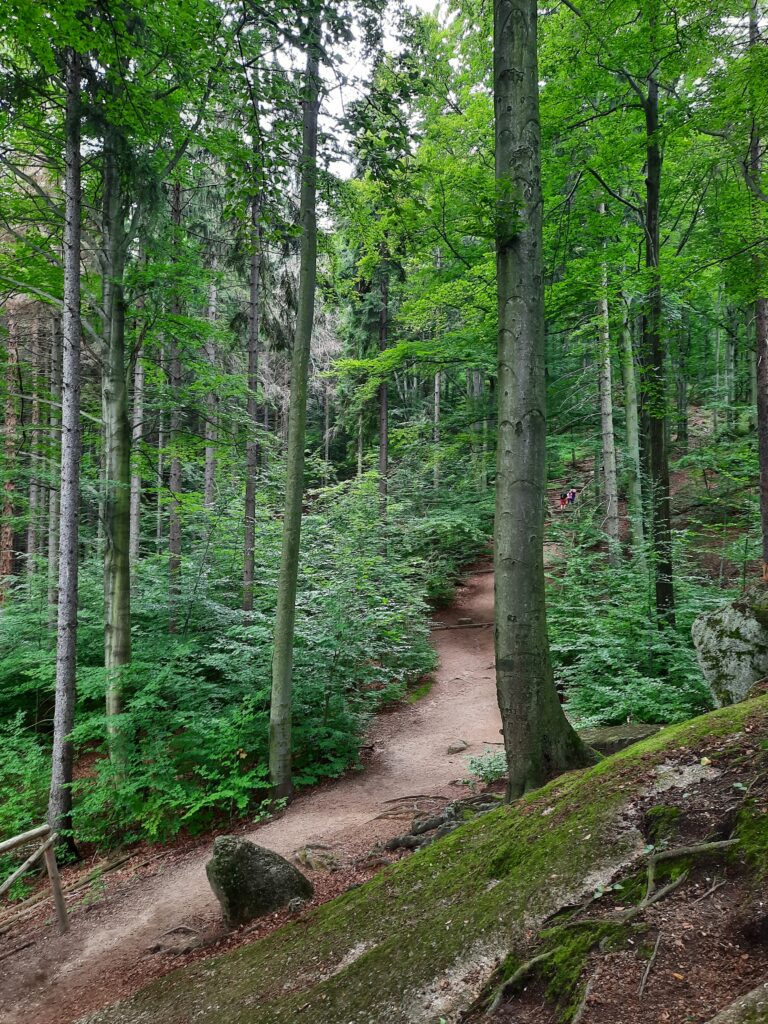
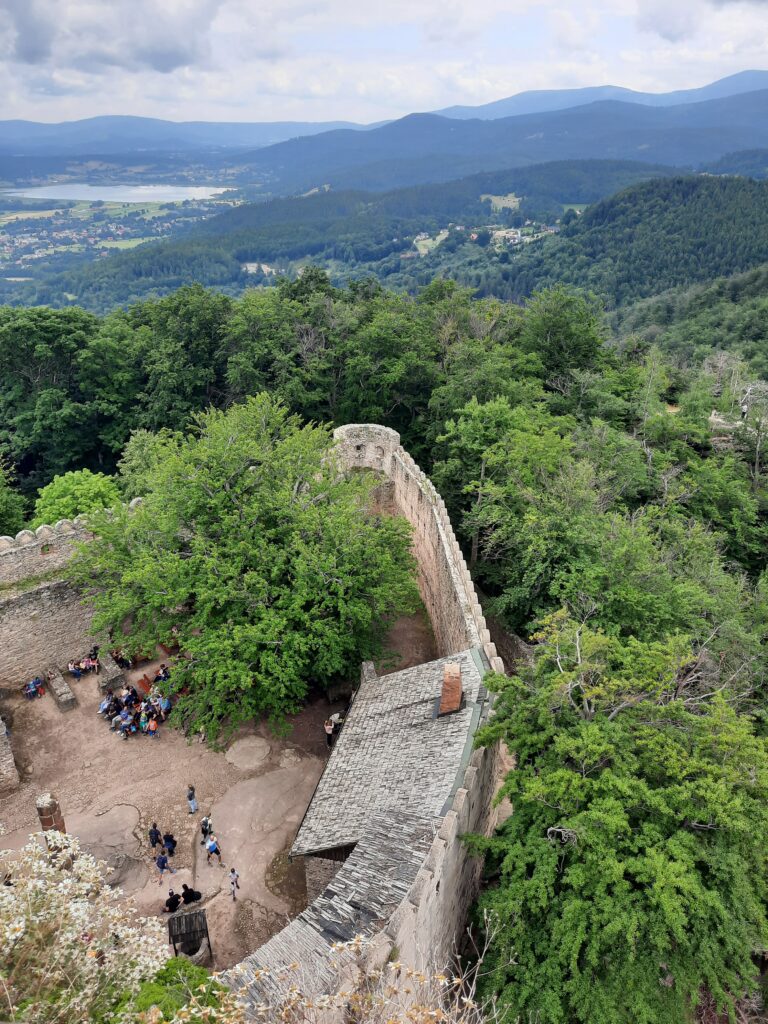
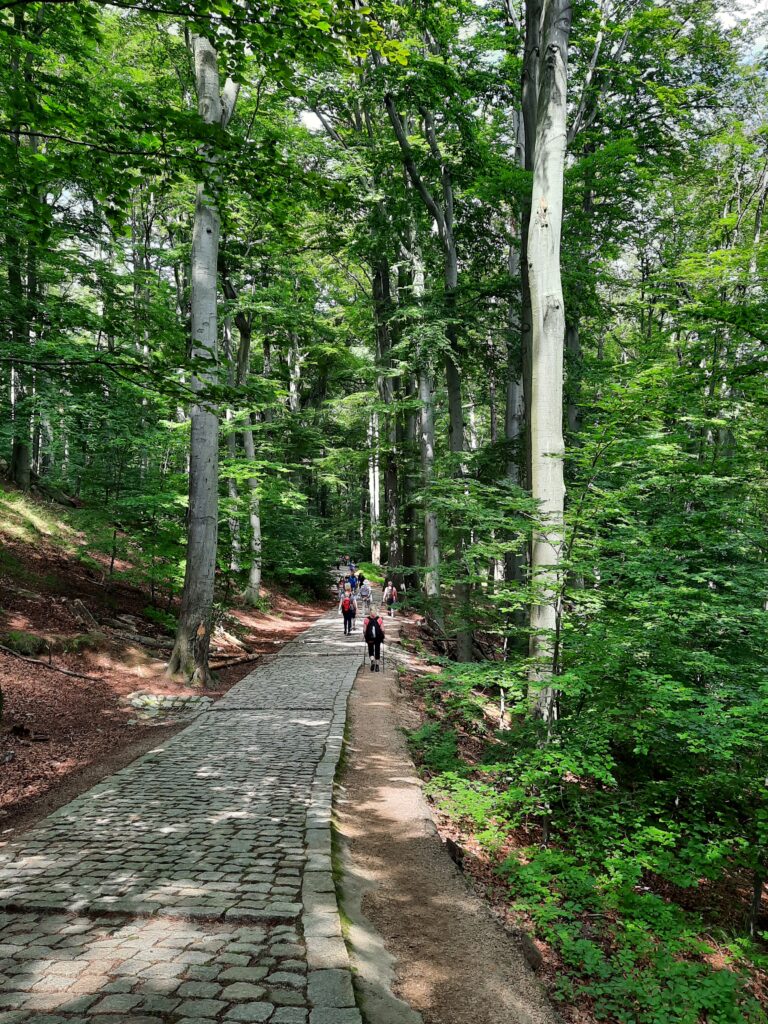
After a beautifull walk through the forest, we will go back to Wroclaw 🙂
Contact us to get more informations about our exclusive day tours and booking process. Welcome to Wroclaw and Lower Silesia !

